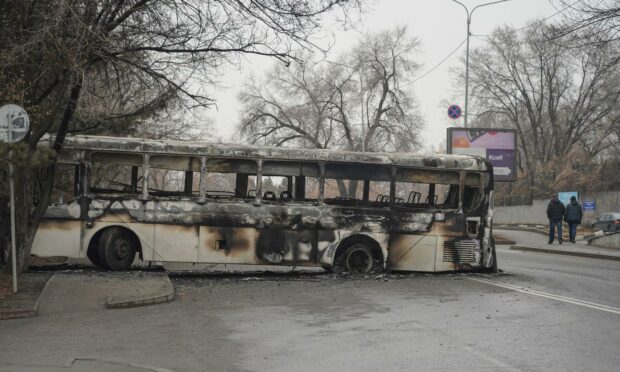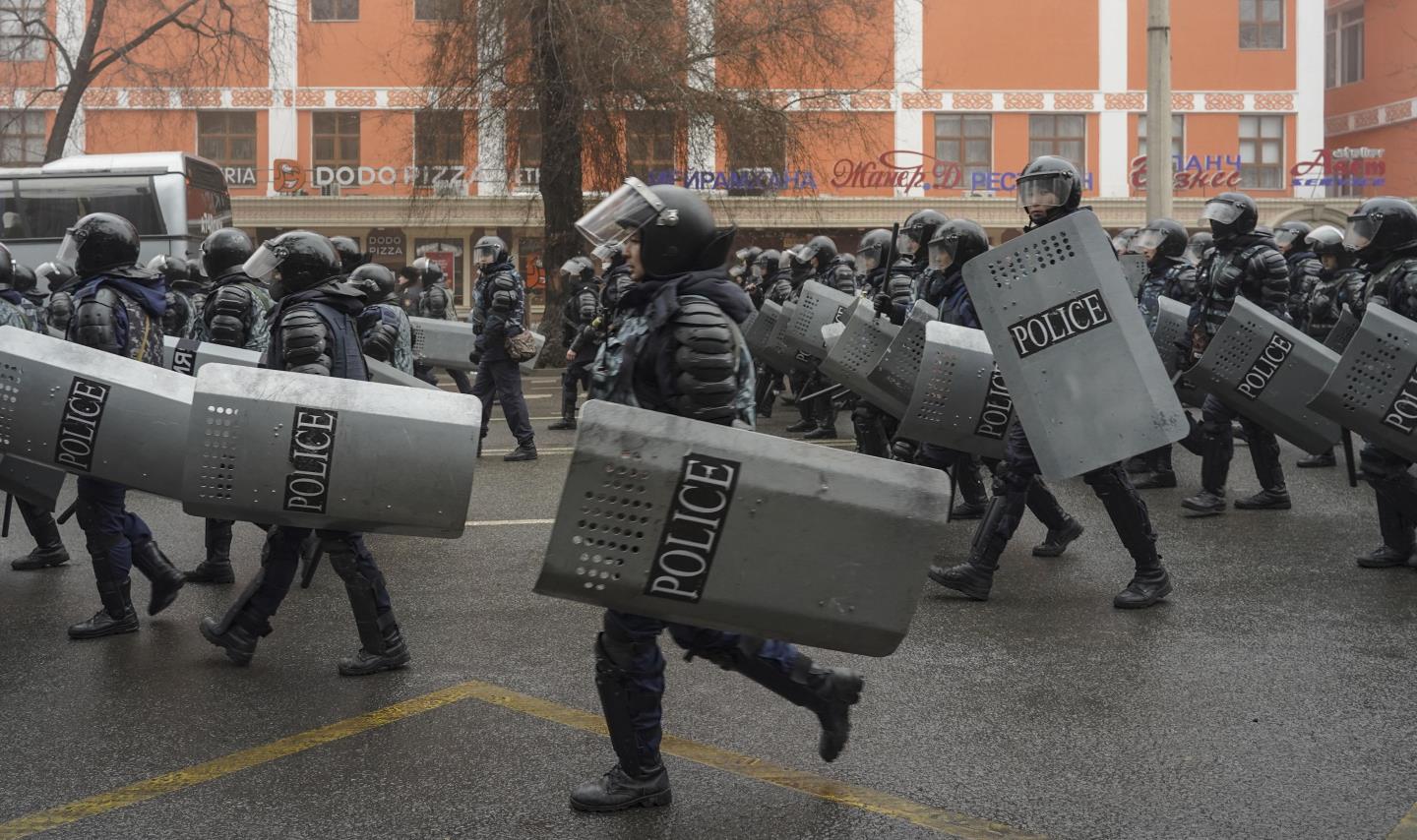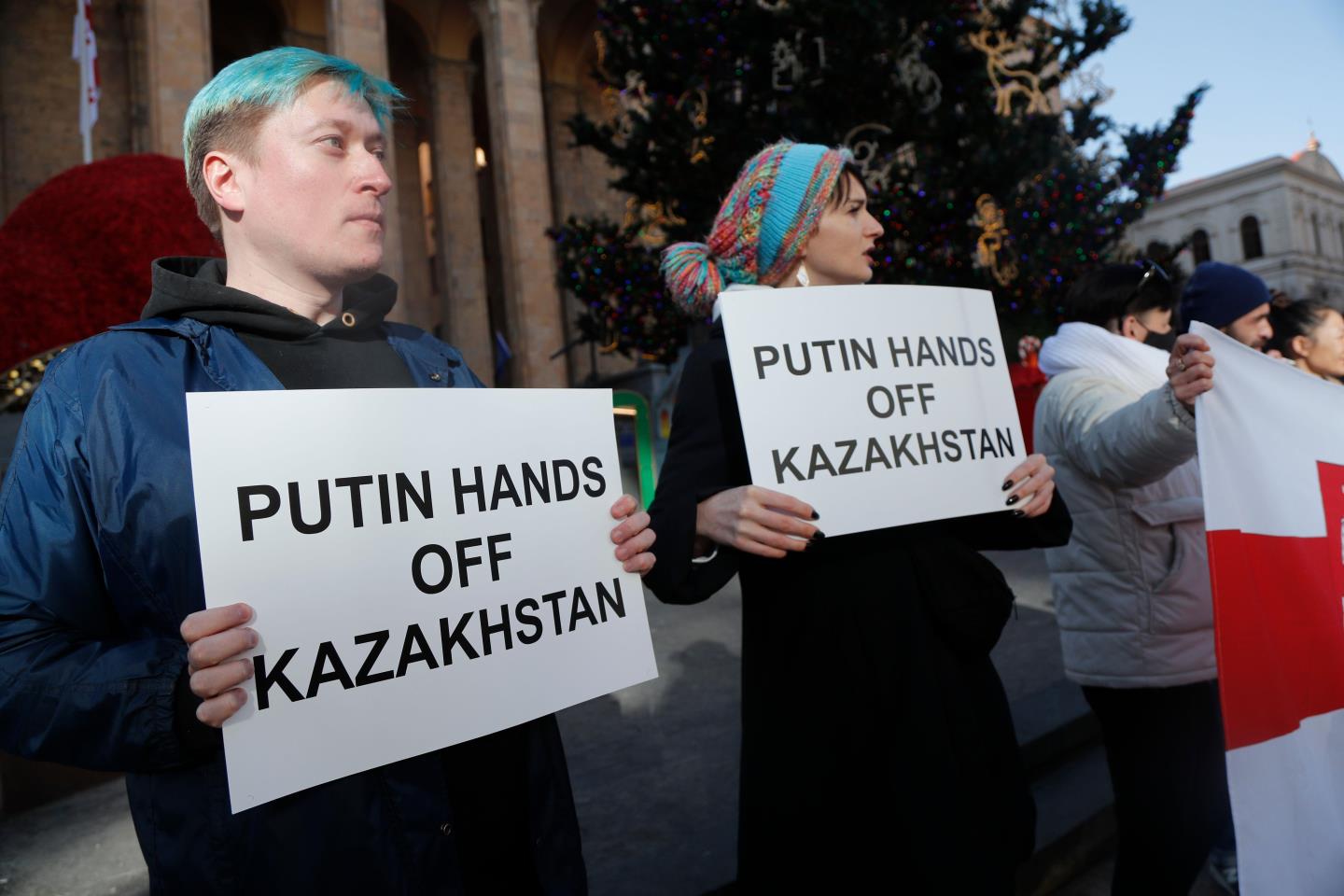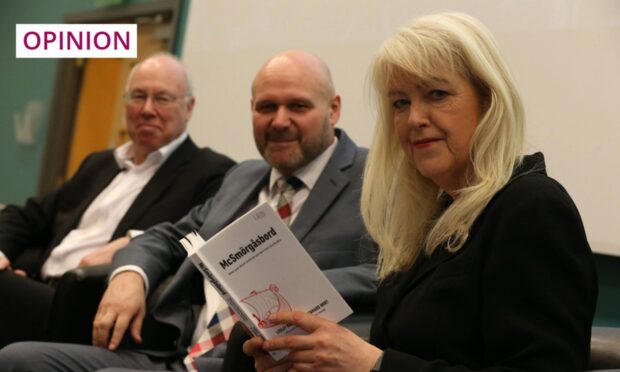I am deeply troubled at the violent uprising that has erupted in Kazakhstan recently and the brutal crackdown by the authorities.
Having spent many years working there extensively, I have many friends in Kazakhstan’s biggest city Almaty, where much of the violence and bloodshed has occurred. It is a leafy city in the spring and summer, although bitterly cold at this time of year.
The city’s Kazakh name, Alma Ata, means apple, and indeed apple trees abound in its parks and gardens. The snow-capped Zailiysky Alatau mountains provide an impressive backdrop to the city and its ski slopes can be reached after a mere 45-minute drive.
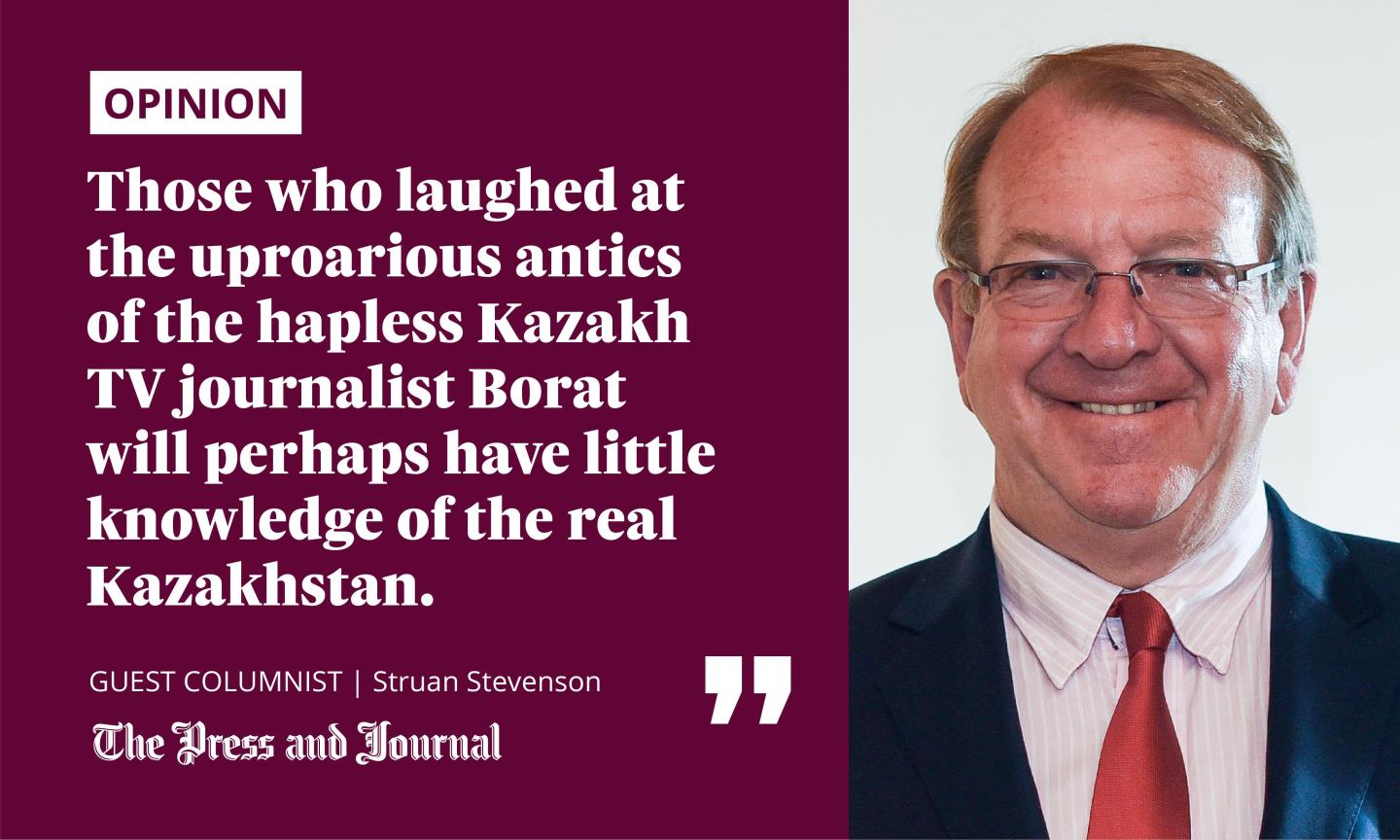
Today, Almaty boasts glitzy shopping malls, coffee shops and upmarket bars, restaurants and nightclubs. But there is a widening gap between the rich, who drive around in their Porsche Cayenne SUVs, and the poor, who cram into rickety buses that belch clouds of exhaust fumes into the polluted air.
This disparity has contributed to the anger that has now exploded onto the streets, not only in Almaty, but in towns and cities across Kazakhstan.
Kazakhstan’s social harmony has been undermined
Sacha Baron Cohen’s comedy movie Borat catapulted Kazakhstan into the conscience of millions. Those who laughed at the uproarious antics of the hapless Kazakh TV journalist played by Baron Cohen will perhaps have little knowledge of the real Kazakhstan.
Its people are friendly, charming and well educated. Since gaining independence following the collapse of the Soviet Union in 1991, Kazakhstan had become a model of democratic stability and prosperity in the region, which is why the nationwide uprising has come as such a shock.
It is home to more than 100 different ethnic groups and 45 different religions, all of whom live at peace with each other. This social harmony has been undermined by the looting and destruction that has taken place.
A lot of the anger has been directed at the former president, 81-year-old Nursultan Nazarbayev. He stood down in 2019, after three decades in power, and handed over the presidency to his close friend, Kassym-Jomart Tokayev. Nazarbayev fled from Almaty in panic as rioters chanting “old man, go away” encircled and set fire to his palace and the mayor’s office.
Snowballing protests
There is resentment among the young population, most of whom have known no other leader than Nazarbayev, that he had named himself head of the security council, a role he has now abandoned, and leader of the nation. He even had the new capital city, formerly known as Astana, renamed Nur-Sultan in his honour.
Implementing a law that gave him lifetime immunity from prosecution was, for many, the last straw, particularly when there is widespread knowledge of how his family own properties in London worth over £100 million.
The protests began when the Kazakh Government removed the price cap on liquefied petroleum gas (LPG) which many Kazakhs use to fuel their cars. The price of LPG doubled overnight, causing huge outrage. Protests then snowballed, as tens of thousands, fed up with corruption, low wages, inequality, unemployment and soaring prices, took to the streets.
Predictably, President Tokayev blamed terrorists trained by foreign agents, shut down the internet and called in military assistance from the Moscow-led Collective Security Treaty Organisation. Planeloads of Russian paratroopers quickly arrived and Tokayev ordered them to open fire without warning on looters and protesters. Dozens have been killed and hundreds injured and arrested.
Kazakhs have suffered enough
The presence of Russian troops on Kazakh streets will invoke uncomfortable memories for older members of the population who recall the Soviet times. In East Kazakhstan, within an area known as the Polygon, the Soviet Union tested many hundreds of nuclear bombs, using the local population as human guinea pigs.
When the Soviet Union finally collapsed in December 1991, the departing battalions of troops and secret police who had guarded the Polygon left a legacy of devastation and sickness. Seepage from the underground tests polluted watercourses and streams. Farmland was heavily irradiated. Radioactive contamination entered the food chain, leaving many people ill.
It was mass protests, led by Nursultan Nazarbayev, that finally forced Moscow to stop bomb tests and withdraw their troops in 1991
Cancers still run at five times the national average. Birth defects are three times the national average. Virtually all children suffer from anaemia. Many of the young men are impotent. Many young women are afraid to become pregnant in case their babies are affected. Psychological issues are rife. Suicides are widespread.
During many visits to the Polygon, I met with elderly Kazakh villagers who described witnessing the mushroom clouds of nuclear explosions near their homes. It was their mass protests, led by Nursultan Nazarbayev, that finally forced Moscow to stop the bomb tests and withdraw their troops in 1991.
It is a tragic irony that today, 30 years later, the Russian troops are back.
Struan Stevenson was a member of the European Parliament from 1999 to 2014. He is an author and international lecturer on human rights and the Middle East
